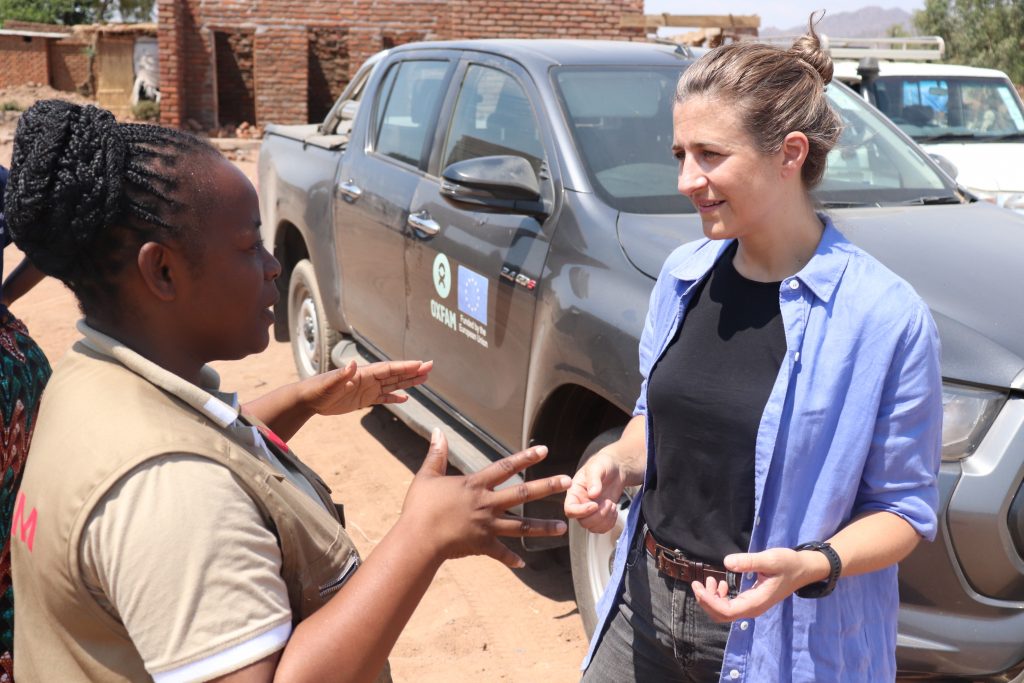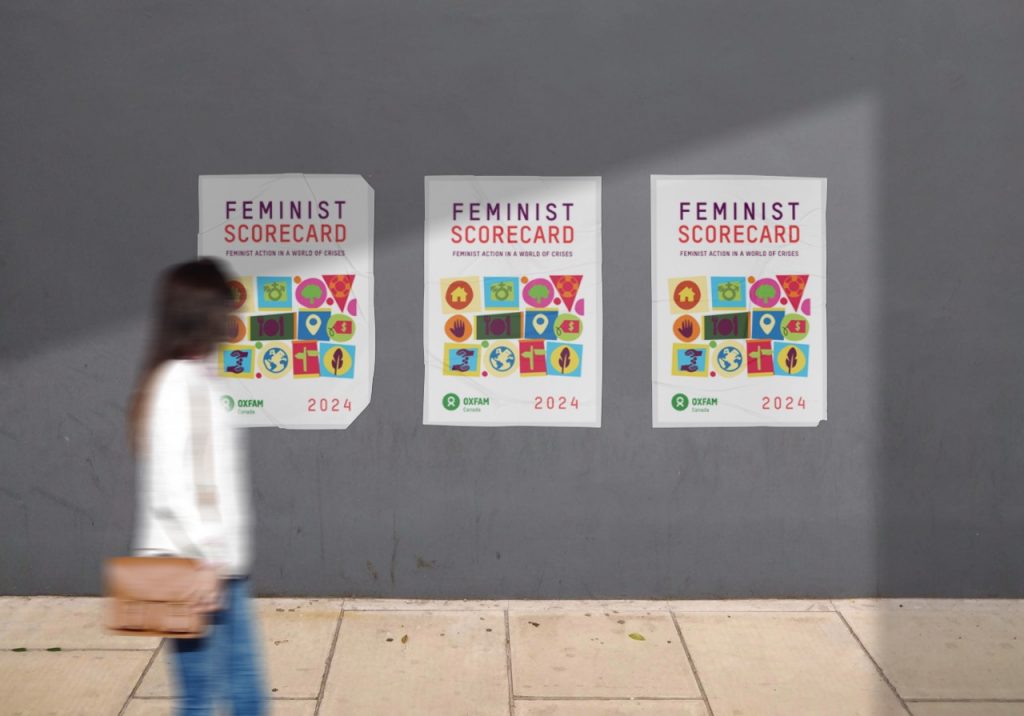Syrian refugee influx adding to Jordan’s water worries
A short distance from Zaatari, a sprawling camp for Syrian refugees, lies a road full of small nurseries growing vegetables and olive trees. Khaled runs one of them. These days he’s not at all happy.
“There are problems every day,” he says, shaking his head gloomily. As well as worsening security at Zaatari camp, whose lines of white tents you can easily spot from his rows of greenhouses and olive trees, one Khaled’s main concerns is the water supply. There are already water shortages and extra strains from the large number of refugees are worrisome.
More than 3,000 cubic metres of water are delivered to Zaatari camp daily, providing the growing numbers of refugees with clean water for drinking, cooking and cleaning. Oxfam is working in the camp installing water and sanitation facilities for more than 14,000 people.
The extra needs are placing a huge strain on Jordan, which is ranked as one of the most water-stressed countries in the world, well before the recent flood of refugees from conflict in Syria.
Because of water constraints, Jordan is only able to provide 150 cubic metres of water per person annually, much lower than the 500 cubic metres that marks water scarcity by UN estimates.
In order to meet even this low quantity, Jordan has been forced to extract more water from the ground than since the mid 1980's. It's only a matter of time before all the main sources run out.
Pipes leak, trucked water costs more
In Mafraq governorate, whose population has swollen to twice its size because of the refugee arrivals, and where Zaatari camp is located, problems have already started.
Most households in northern Jordan are connected to piped water which is topped up by water trucked in tanks. The piping system is old and creaking and it is estimated that as much as half the water in the governorate is lost through leaks or by people illegally siphoning water from the system.
Things worsen in the summer when temperatures rise to about 33 degrees Centigrade, and there’s an increase in population from tourism and Jordanians visiting family.
This year there have been early signs of bigger problems to come. For two weeks in February, part of Mafraq town had no water deliveries for two weeks, due to water shortages. At one meeting, a host community told Oxfam staff that before the Syrian crisis, water was delivered twice a week; now most areas get water only once a week.
As amilies find the water pipes run dry more quickly, they must purchase more water from tankers – costing extra.
Temperatures and tempers may soar
Most families also pay extra for filtered drinking water, complaining that the tap water is not good enough. But many Syrian families, who arrived with little more than a pocketful of money and the clothes on their back, can’t afford to do this. They’ve reported an increase in diarrheal cases among their young children who have no choice but to drink straight from the tap.
Water costs will probably rise if the government scraps subsidies for fuel and electricity. Most of the country’s well fields lie at least 200 metres below ground. Water must be pumped up with generators.
The monthly electricity bill costs the Yarmouk Water Company, which provides water to four governorates in northern Jordan, about $1.7 million a month. The unsubsidized cost would be more than three times as high.
Back at his nursery, Khaled says he’s had to destroy hundreds of olive trees and some of his saplings; the cost of keeping them alive and watered is higher than the costs he can recoup selling his crops.
He says the bill for heating his greenhouse is about $430 a day. “It’s just too expensive”.
When summer approaches, the likelihood is that temperatures and tempers are set to soar as the country’s water tables and wells continue to dwindle.
Story and photo by Oxfam media officer Caroline Gluck

